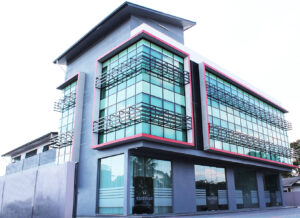- LPG (composition: propane & butane) and natural gas (composition: methane) have different chemical formulas: Methane is (CH4). Propane is (C3H8) & Butane (C4H10).
- LPG at room temperature and pressure slightly above atmospheric pressure is in liquid phase while NG at room temperature and atmospheric pressure is in gas phase.
- Liquefaction of LPG is through compression and refrigeration while liquefaction of NG is through refrigeration process (LNG)
- LPG has a higher calorific value compare to NG which is 117.854MJ/m3 vs 39.902MJ/m3.
- For proper combustion, the air to gas ratio for volume LPG is approximately 25:1 whilst the air to gas ratio for NG is at 10:1 ratio.
- LPG is heavier than air, with specific gravity of 1.65 vs NG at 0.66, NG is lighter than air.
- NG is delivered through pipeline from gas processing plant transmitted to the city gate / odouriser / area station / service station before distributed to customer whilst LPG is compressed into a liquid and stored or transported in a cylinder or bulk tank.
- Carbon dioxide generated during combustion of LPG is approximately 12% of product while carbon dioxide generated during combustion of NG is approximately 9.7% of product


 GLOBEGAS ENGINEERING SDN BHD (GESB) with company registration no 626046-A was setup based on experience, professionalism, cooperation and commitments. Our company have been established on 25 August 2003 with 100% bumiputra status, to work with engineering work of gas piping system installation which covering Liquid Petroleum Gas (LPG) and Natural Gas (NG) beside civil and maintenance works.
GLOBEGAS ENGINEERING SDN BHD (GESB) with company registration no 626046-A was setup based on experience, professionalism, cooperation and commitments. Our company have been established on 25 August 2003 with 100% bumiputra status, to work with engineering work of gas piping system installation which covering Liquid Petroleum Gas (LPG) and Natural Gas (NG) beside civil and maintenance works.